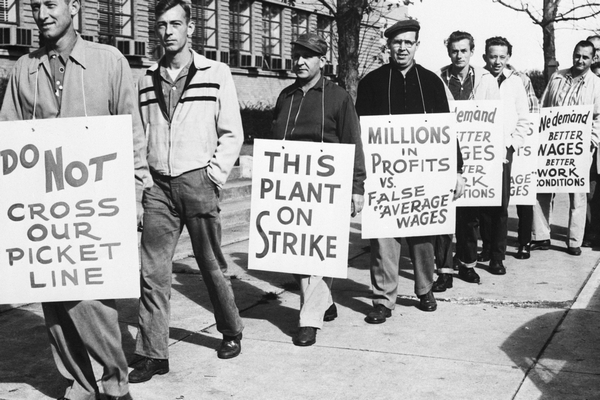Introduction to National labor laws of United States

National labor laws of United States:
In 1938, the Fair Labor Standards Act defined the maximum standard workweek of 44 hours. But later on in 1950, this work week was reduced to 40 hours from 44 hours. A green card joins immigrants to work without the need for a separate work permit. Despite the standard maximum workweek of 40 hours, some lines of work require more than 40 hours. For example, a worker could work for more than 72 hours a week, followed by at least 24 hours off. In the case of certain harvesting employees, exceptions for the break period exist, for example, those involved in tree fruits, harvesting grapes, and cotton. One can simply get a houston h1b lawyer and get the details of the immigration lawyers houston by visiting the abogado de inmigracion houston tx.
Clerical (administrative assistants), mechanical, Professionals, and technical employees can't be terminated for refusing to work more than 72 hours in a week. These ceilings, combined with a competitive job market, often push American workers to work longer hours. American workers take fewer days off on average than any developed country.
Amendments
The Fourteenth and the Fifth Amendments registered in the United States Constitution restrict the power of the state and federal governments to discriminate. The private sector is not directly constrained by the Constitution, but several laws especially the Civil Rights Act of 1964, restrict the private sector discrimination against certain groups. The Fifth Amendment of the US Constitution has an clearly requirement that the federal government does not deprive individuals of "life, liberty or property" without due process of law and an implicit guarantee that every person receives equal protection of the law.
The Fourth Amendment bans the state from breaking a person’s right to due process and equal protection. The power of Federal and State governments’ to distinguish in their employment practices by treating employees, former employees, or treating job applicants unequally because of membership in a group, like religion, face, or sex gets restricted by equal protection.
Due process protection requires that employees have a fair procedural process before terminating if the term relates to "liberties," such as the right to free speech or property interests. The National Labor Relations Act, enacted in 1935 as part of the New Deal law, guarantees workers the right to engage in and engage in collective bargaining.
